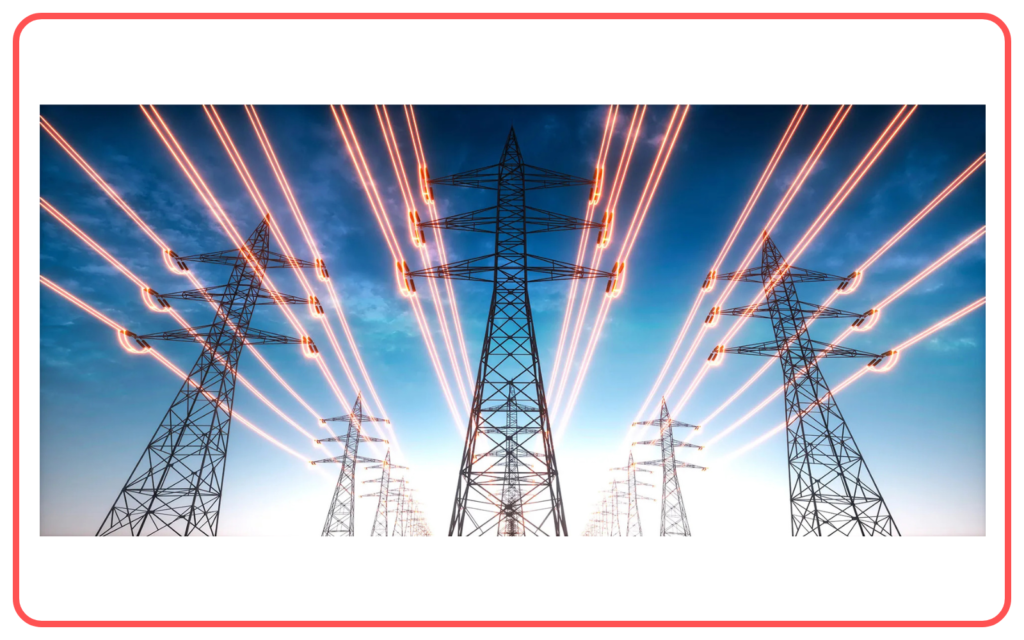Electric Power
Key Notes:
Definition of Electric Power:
- Electric power is the rate at which electrical energy is consumed or produced by an electrical device.

- It is the amount of energy used per unit time.
Formula for Electric Power:
- The formula for electric power is:
P = VI
where:
P = Power (in watts)
V = Voltage (in volts)
I = Current (in amperes)
Another formula based on Ohm’s Law is:
P = I2R or P = V2R
SI Unit of Electric Power:
- The SI unit of electric power is the watt (W), where 1 watt equals 1 joule per second (1 W = 1 J/s).
Kilowatt and Megawatt:
- Large quantities of power are expressed in kilowatts (kW) and megawatts (MW).
1 kW = 1000 W, and 1 MW = 1,000,000 W.
Electrical Energy Consumption:
- Electrical energy consumed is calculated as:
Energy (in kWh) = Power (in kW) × Time (in hours)
- The unit of electrical energy consumed in households is kilowatt-hour (kWh), also known as a unit of electricity.
Applications of Electric Power:
- Electric power is used in various devices like household appliances, industrial machinery, and transportation systems.

- The amount of electric power used determines the electricity bill.
Efficiency of Electrical Devices:
- The efficiency of electrical devices is calculated using the ratio of useful power output to total power input, usually expressed as a percentage:
Efficiency = (Useful Power Output / Total Power Input)×100
Power Rating of Devices:
- Electrical devices have a power rating, indicating how much power they consume or deliver under standard operating conditions.
- For example, a 100 W light bulb consumes 100 watts of power when turned on.
Role in Circuits:
- In electrical circuits, the power dissipated by resistors, transferred by batteries, or consumed by other components is a crucial factor in designing and analyzing circuits.
Let’s practice!

